…then a pattern for a basic jumper might read rather like this…
(NB: Photos are indeed of a jumper-in-progress, but not one based on the instructions in this post. In case you’re curious, it’s Jared Flood’s ‘Cobblestone’, in Malabrigo Rios, colourway ‘Tormenta’. It’s taken years to persuade the Stoic Spouse that he might like to try wearing a jumper when he’s shivering in our freezing cold house. Hope he likes it.)
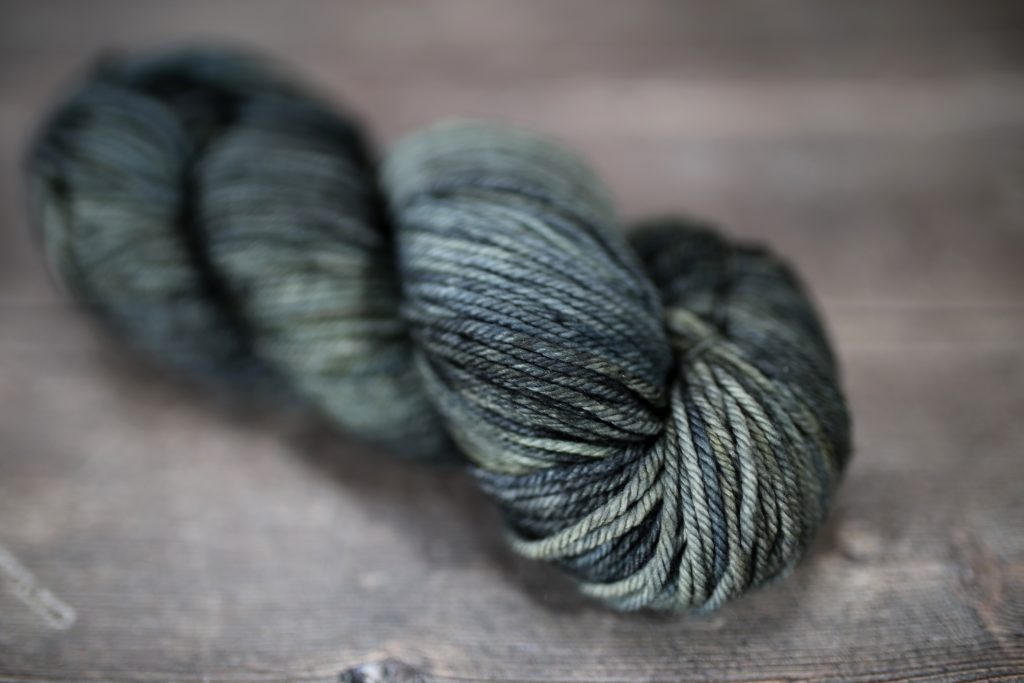
Instructions:-
- Cast on. Place pretty, Instagrammable stitch-marker and join in round, taking care not to twist.
- Work alternating rounds of knit and purl, to establish garter stitch. Continue until piece measures 3cm from cast-on edge. This stage of the project is known as the Point Of Peak Enjoyment. Savour it.
- Work a further 5cm, slipping marker on completion of each round, whilst battling a growing worry that the piece seems rather on the small side. If necessary, apply wine (to yourself, not to the knitting) in order to quieten these doubts.
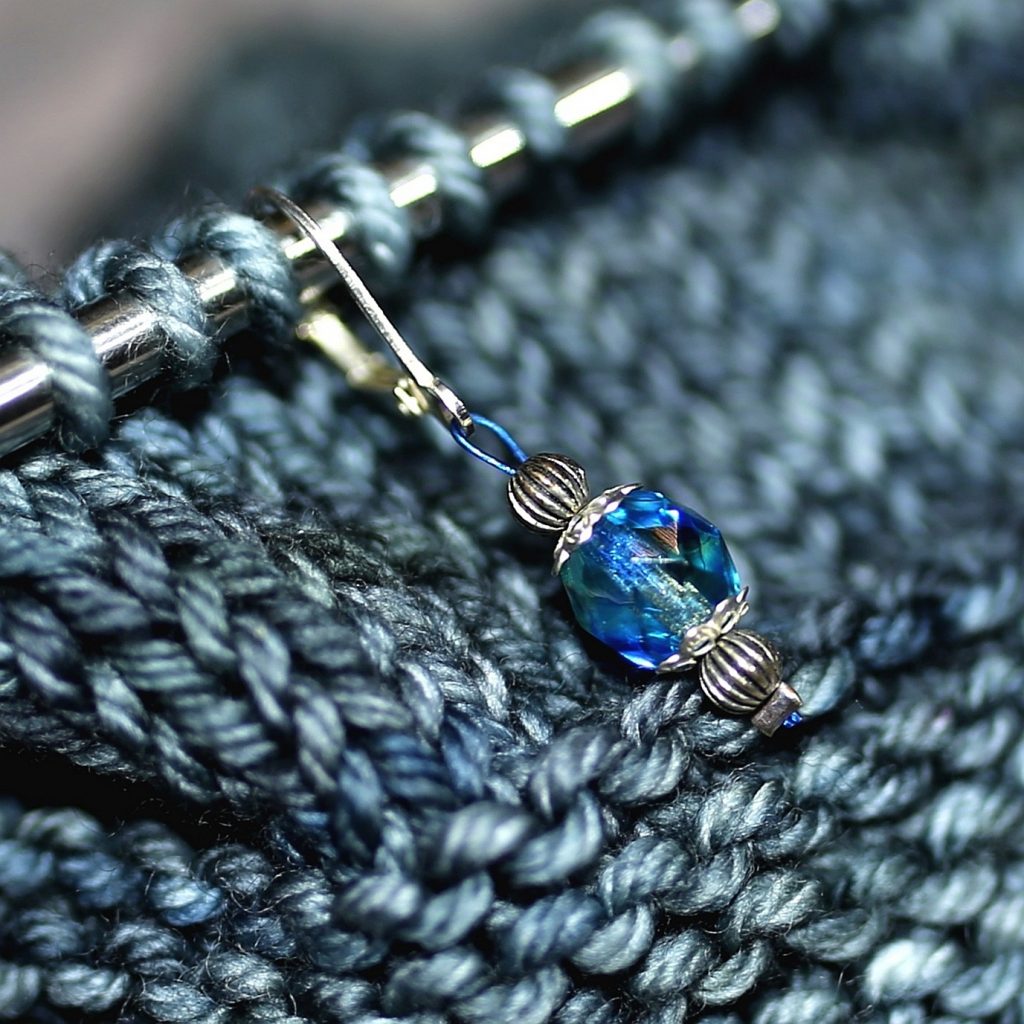
- Admit it, you didn’t knit a gauge swatch, did you?
- From this point, all rounds are worked in knit stitch to form stockinette. Replace fancy stitch marker with ugly, plain one that doesn’t snag your yarn or generally annoy you.
- It’s definitely too small, isn’t it? How is this happening? You’re making the medium size, and you always end up fitting a medium, whether or not you faff about swatching beforehand.
- Continue in stockinette.
- If you tug it outwards a bit, it looks almost wide enough. A bit of negative ease never hurt anyone.
- Continue in stockinette.
- Or is it positive ease? I can never remember.
- Please pay attention.
- Sorry.
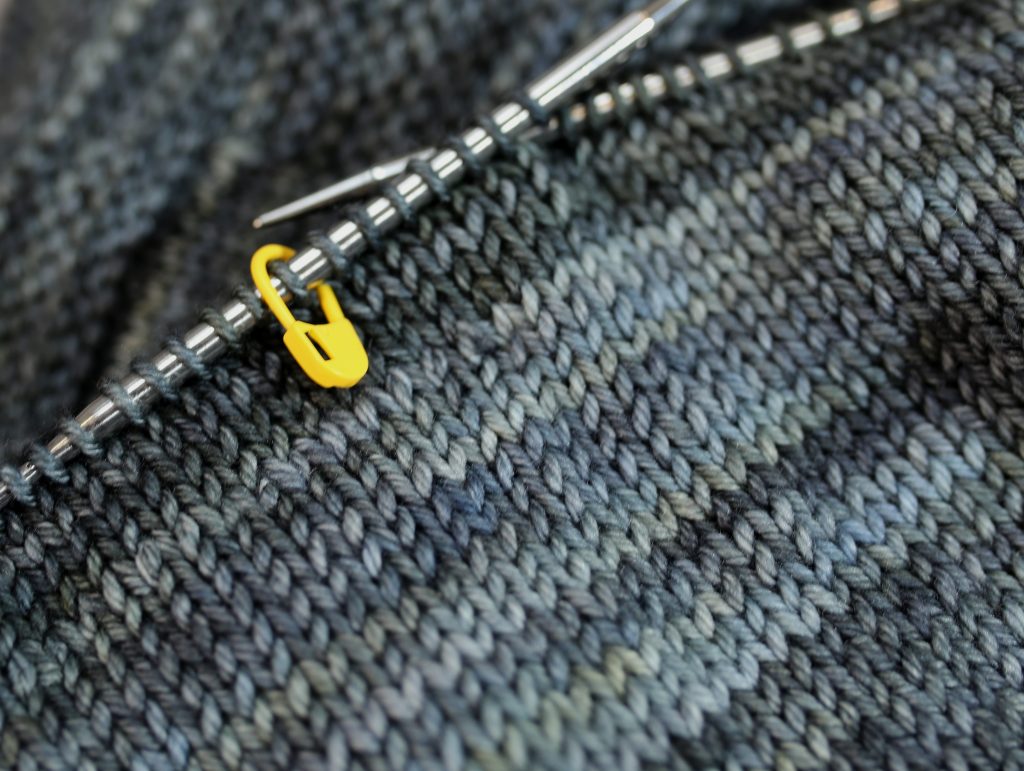
- Continue in stockinette until work measures 24cm from cast-on edge. Stretch it outwards again, thus losing several centimetres of length, which will need to be re-knitted. This approach is obviously not flawed in any way at all.
- Knit one round, placing a second marker at the half-way point.
- In following round, decrease one stitch either side of both markers, then work even for seven rounds.
- You’re joking, right? You can’t be telling me it’s going to get even smaller?
- Repeat instruction for decreasing and working even an additional four times.
- Oh good grief. You’re not joking.
- Work a further three rounds of stockinette.
- Perhaps the size of this jumper and cost of the yarn will be the incentive you need to go to the gym and lose, er, three quarters of the circumference of your torso. Maybe you could have a couple of internal organs surgically removed, to help the process? Your lungs, for example?
- Transfer the first three quarters of your stitches onto spare yarn. The remaining stitches will be worked back-and-forth to form the front left shoulder.
- At this point, increase the speed of your knitting, because that’s a totally legitimate way to outrun your doubts about whether this thing will fit you.
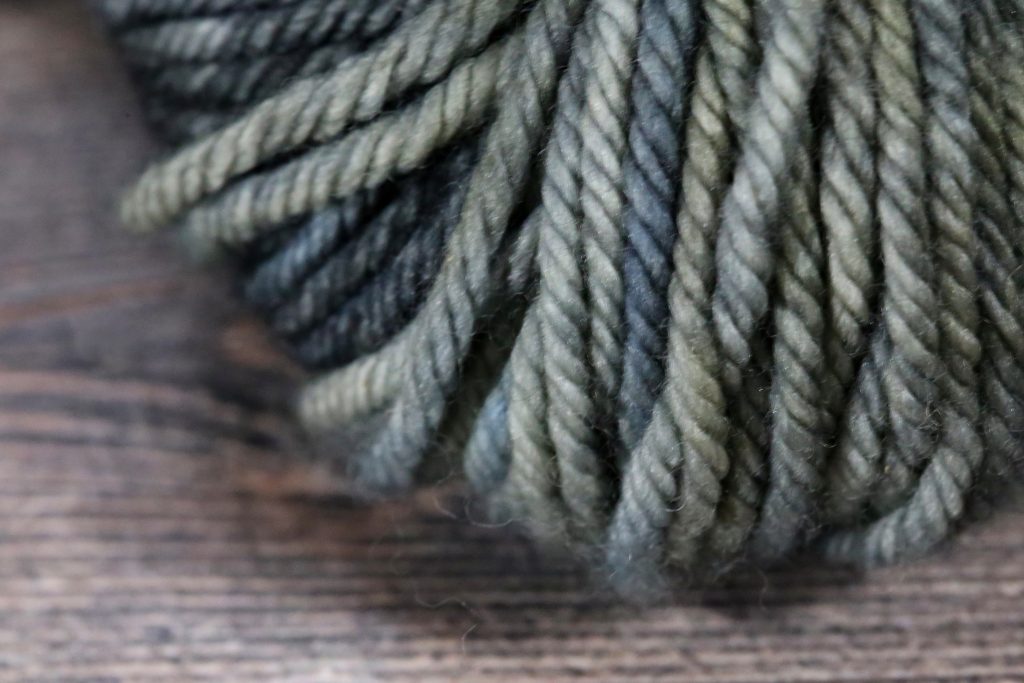
- Beginning with a wrong-side row, and on the occasion of a full moon, work decreases every five rows at V-neck side of work, whilst at the same time but only on a Tuesday and singing in French, work decreases at the armhole edge every seven rows.
- Recall that it’s your bestest friend’s birthday tomorrow, and lay work aside in order to whip up a hat as a gift for the occasion. Return reluctantly to the jumper three weeks later, after completing the hat, retiling the bathroom, and falling down a weird crafty rabbit-hole of trying to crochet baskets out of grass.
- Maybe it’ll be OK, after a really robust blocking. And everyone knows that measuring knitting is the worst possible way to determine its size. Seriously, you could measure the same piece ten times and get ten different dimensions. Swatching? Measuring? Pah! It’s all just a conspiracy by Big Knitting to get you to… err… buy more measuring tapes. Or something.
- Continue pattern of decreases until you have eight stitches remaining.
- Eight?! How in mohair’s name are you supposed to end up with eight? That makes no sense. There’s obviously an error in the pattern.
- Lay work aside, and open Ravelry to search for commentary on this designer’s blatant incompetence. Discover with mounting shame the unanimous praise heaped upon the designer for their technical wisdom and flawless patterns. Reluctantly return to your knitting.
- As stated above, continue until you have EIGHT stitches remaining.
- Realize that you failed to notice you were supposed to be decreasing at both sides of your work.
- Rip back.
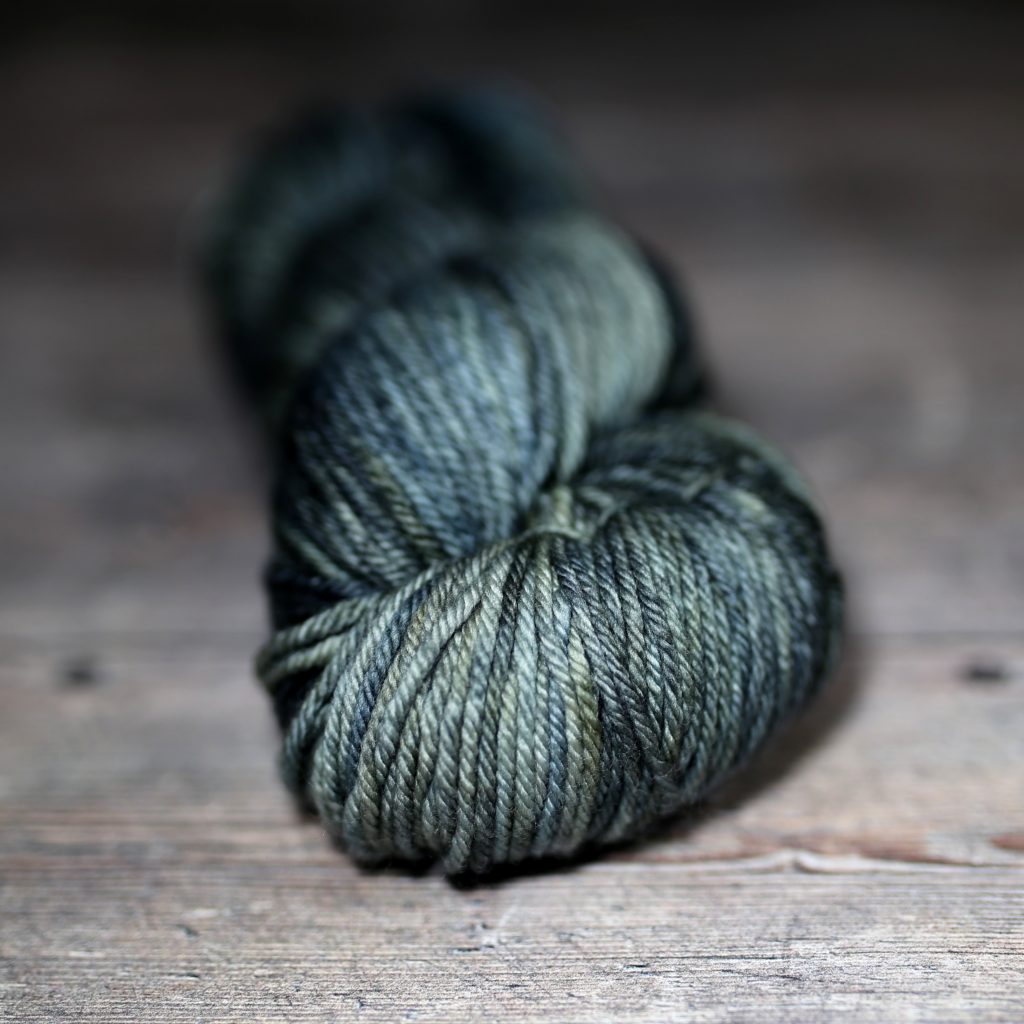
- Try to match up the number of stitches now on your needles with an identifiable point in the pattern. You’ve ripped back too far. Or not far enough. Or possibly both simultaneously.
- As stated quite clearly and explicitly above, work decreases at V-neck side every five rows, whilst working armhole decreases every seven rows.
- Decide to draw a diagram to keep on top of these decreases. Using an HB-weight pencil and A4-sized paper, carefully draw a diagram so that you can tick off each row as you go.
- Fail to have the diagram to hand when you next work on the jumper.
- Cast off your eight-ish shoulder stitches. Your work resembles a pitiful, shriveled thing.
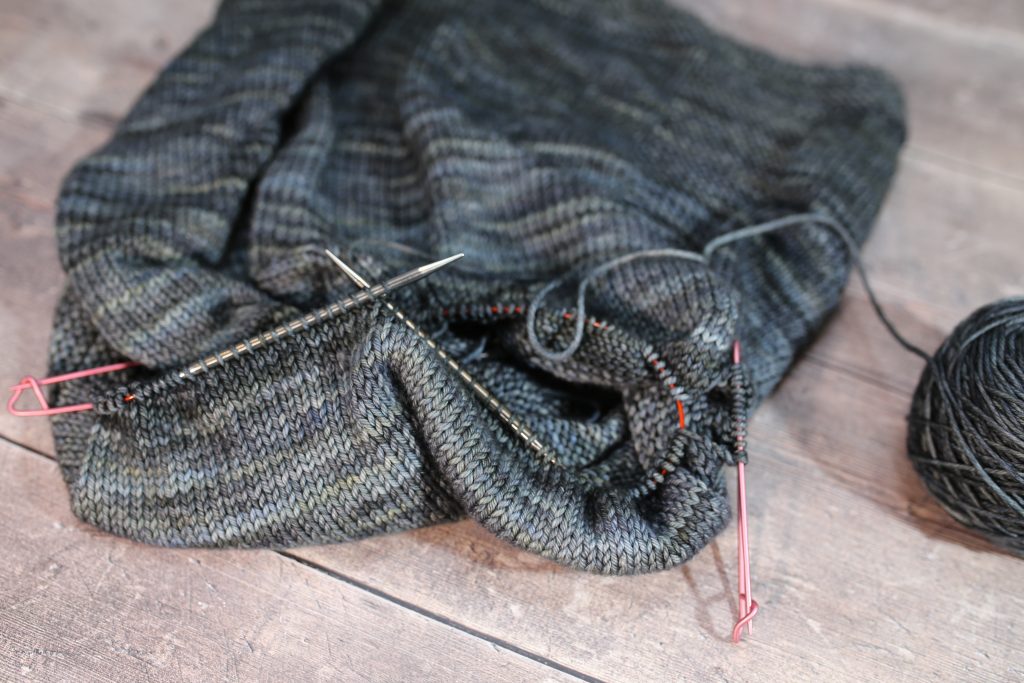
- Work right side of front of shoulder, reversing sequence of decreases to create mirror image of left side.
- Oh sure, like that’s easy to get my brain round. Why don’t I just calculate pi to forty decimal places whilst I’m doing it?
- Please note: there is no need to calculate pi to forty decimal places, now or indeed almost ever.
- I was being sarcastic.
- Oh. OK. Continue to work right front shoulder as described.
- Do you ever lighten up?
- Once again, cast off when you have eight stitches remaining on your needle.
- Continuing with The Stupid Thing (TST) solely out of a grudging sense of duty to your credit card bill, return all remaining stitches to your needles, in order to work back of neck.
- On every seventh row of TST, decrease at start and end of row to shape armholes, whilst dancing the flamenco and conjugating verbs in ancient Greek. (Latin may be used as an alternative if you’re unfamiliar with ancient Greek, but Greek facilitates a more professional-looking finish.)
- It’s almost definitely too small, but… sunk costs and all that. Allow grim stubbornness to win over reason, and continue knitting TST.
- Cast off.
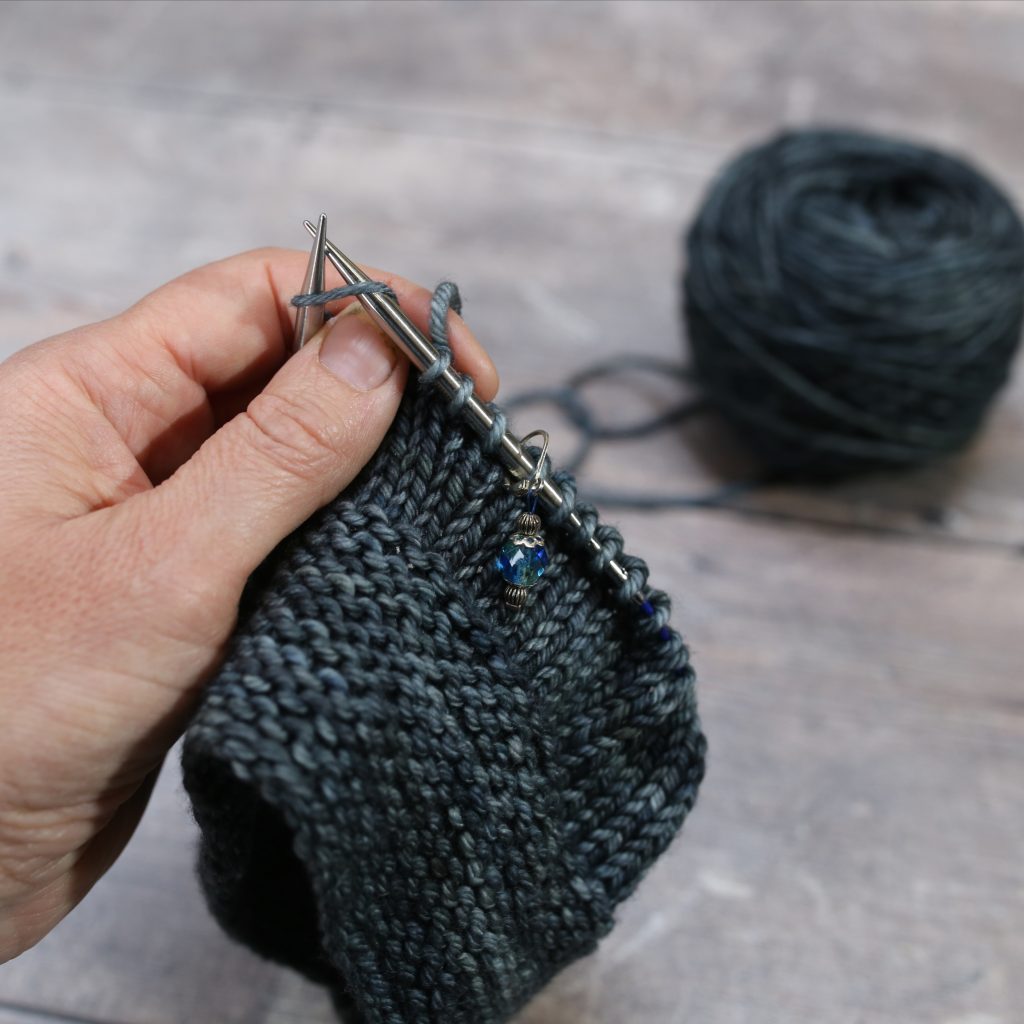
- To begin each sleeve, cast on, place marker, and join in round.
- If you say “taking care not to twist”, I might just twist your needles out of your hands and shove them where the sun don’t shine.
- Taking care not to twist.
- Ha ha, nooo Officer, *tinkly laugh* I wasn’t really threatening the designer of this fine knitting pattern; I was just venting some very normal yarny frustration. Perhaps you’re unfamiliar with the emotionally fraught nature of knitting? Oh, you say your partner is a knitter? Well, doubtless you’ll understand, then. How about I make you a scarf in laceweight merino and we call it quits, yeah?
- Work rounds in garter stitch, and consider yourself very lucky that I’m still sharing my design genius with you.
- OK. Erm… Err… I, um… might have, um, twisted the work. A little bit. At least… I seem to have created a mobius sleeve. Not sure how that happened, to be honest. It’s a bit embarrassing. Seriously, I swear this is the first time that’s ever happened.
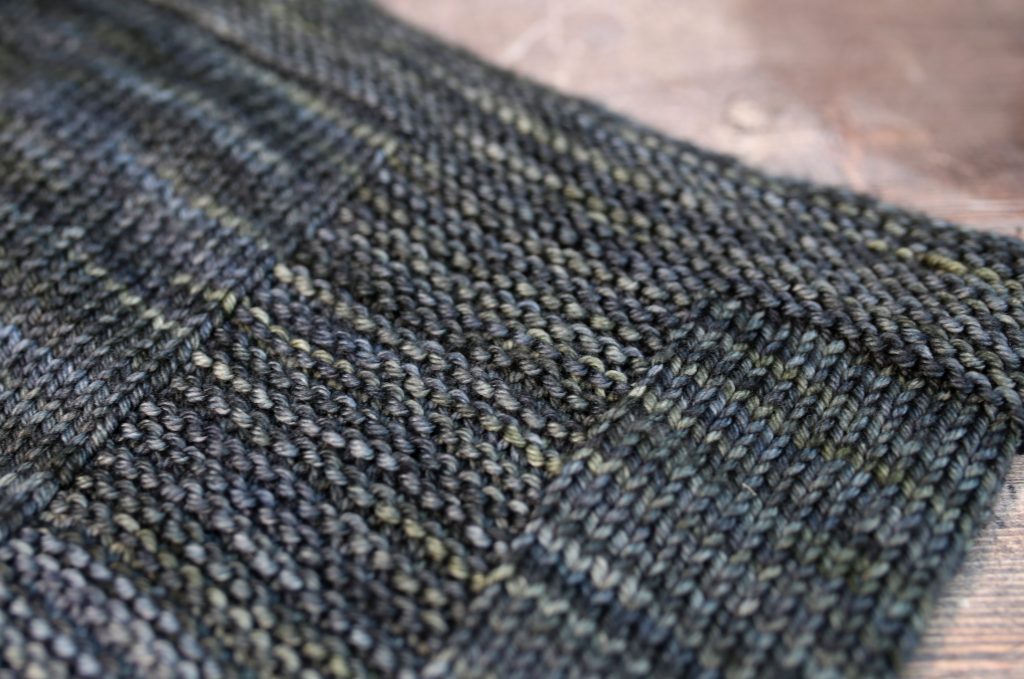
- Rip sleeve back to start, and pay attention this time.
- I bet you’re a whole heap of fun at parties.
- Work sleeve in stockinette, with increases every nine rounds. Once main portion of sleeve has been worked in the round, work back and forth in stockinette rows for sleeve cap with decreases. Then cast off.
- OK, got that. Done.
- Now work second sleeve in the same way.
- WHAT?! I have to endure this torment again?! HAVE I NOT SUFFERED ENOUGH?
- It’s up to you. Want a one-armed jumper? That’s cool. Your choice.
- Cast on second sleeve with a surly attitude.
- Having completed second sleeve, thread darning needle in order to attach front to back of each shoulder, then sleeves to body.
- Dismiss the fact that the circumference of the sleeve cap seems w-a-y bigger than that of the armhole, so you end up bunching the sleeve cap like some crazed power-shoulder out of a 1980s boardroom.
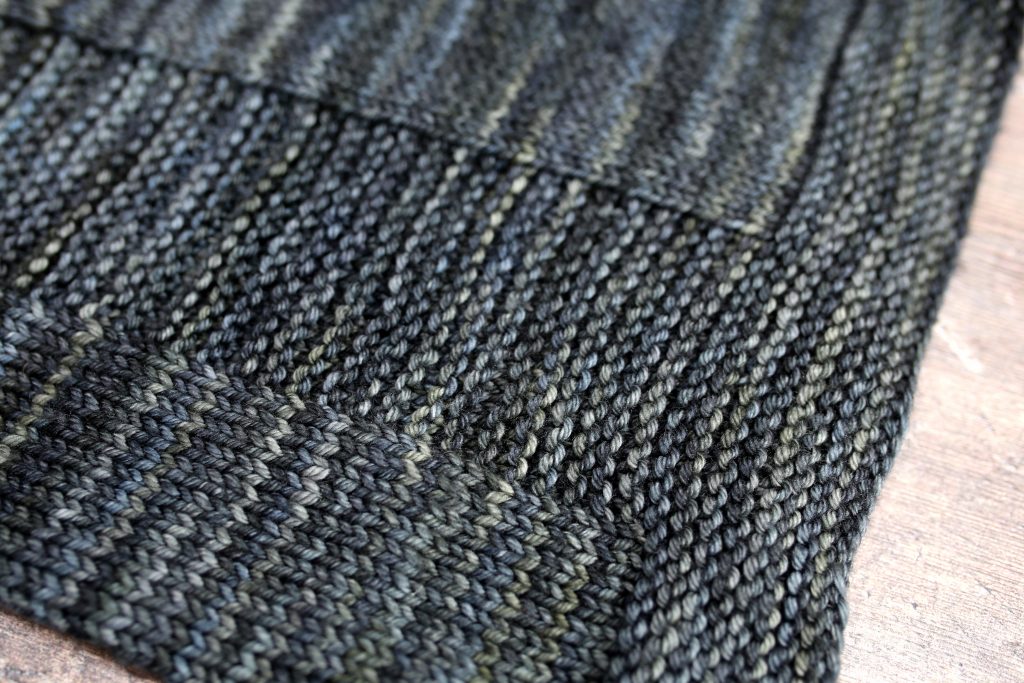
- Pick up stitches around the inside of the neck, and work six rounds of (k2,p2) rib, decreasing either side of the front centre point, in order to put the ‘V’ in V-neck. Then cast off. Weave in ends. Or don’t. Honestly, I’m past caring.
- It’s done. And it looks surprisingly gorgeous. The yarn is beautiful. The shaping is elegant (shoulders excepted). But… it’s just a bit too… toddler-sized.
- After an appropriate period of sulking, donate the completed toddler-sized jumper to an actual toddler. Refrain from weeping as they do typical toddler stuff in the mud whilst wearing £70-worth of cashmere-yak blend.
Your adventurous sweater-knitting tale is SO true! It may also be why I don’t knit sweaters. I enjoy the act of knitting, and rip out as needed, but shawls, scarves, hats, mittens, gloves, ponchos, and blankets (up to king-sized) are far and away less stressful to make. They also ‘fit’ a greater range of body sizes, so are perfect on-a-whim gifts!
Fantastic and so true! I have been there!
What a gift you are! Once I learned to knit from the top all the sweaters/jumpers I’ve made have been successful. Fit-as-you-go works wonderfully.
Am I the only person who wants to see a picture of this creation?
Happy Holidays, One and All
APW
Exactly why I don’t knit sweaters or socks! Very entertaining!
despite all the pattern problems – the yarn knits up beautifully:))
This happens more and more as you get older, following some patterns Is almost impossible.I find myself unable to follow the simplest charts now and have to write them out one row at a time; this produces pages of code worthy of the Enigma code of World War 2, but it does help! Now we are being pressured into top down knitting, after knitting for 65 years with traditional casting on and knitting up to the armhole before decreasing for a nice, well fitting raglan sleeve!!!! Nevertheless l love yarn and colour and cannot imagine life without knitting.
Rather ironic that I read this the very same day I start making my first knitted jumper… I too tend not to read crochet patterns properly and believe I know better than the designer until I realise I’ve messed up somewhere. I read knitting patterns more carefully because I’m not as confident.